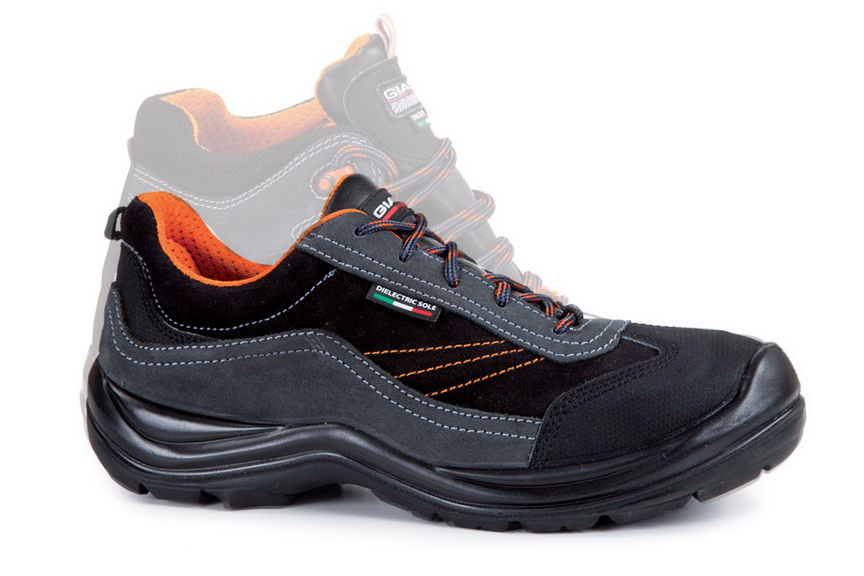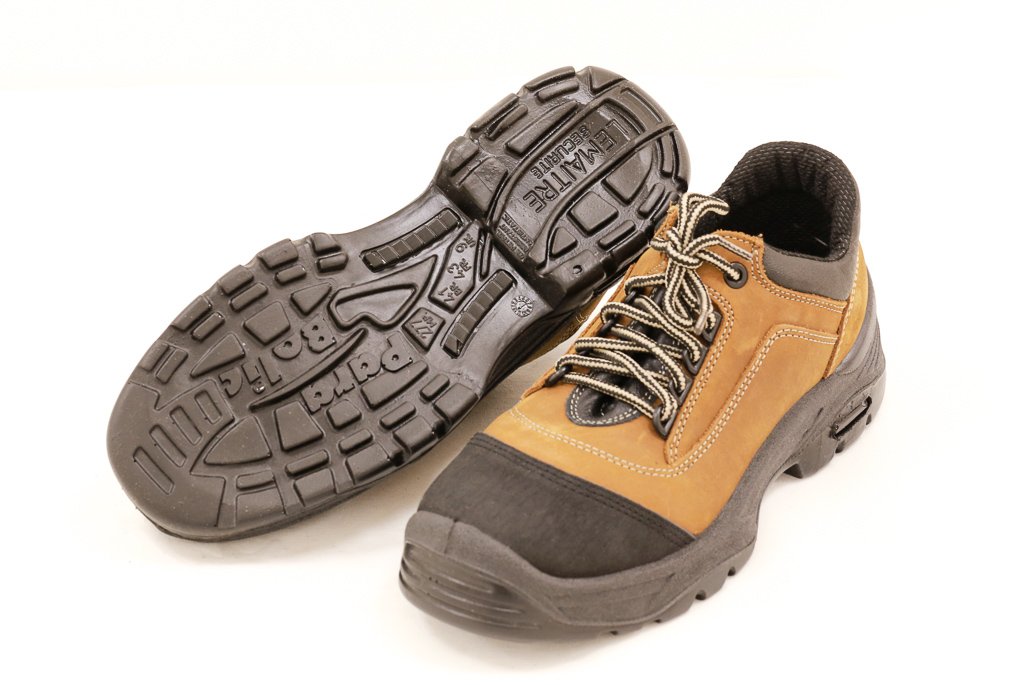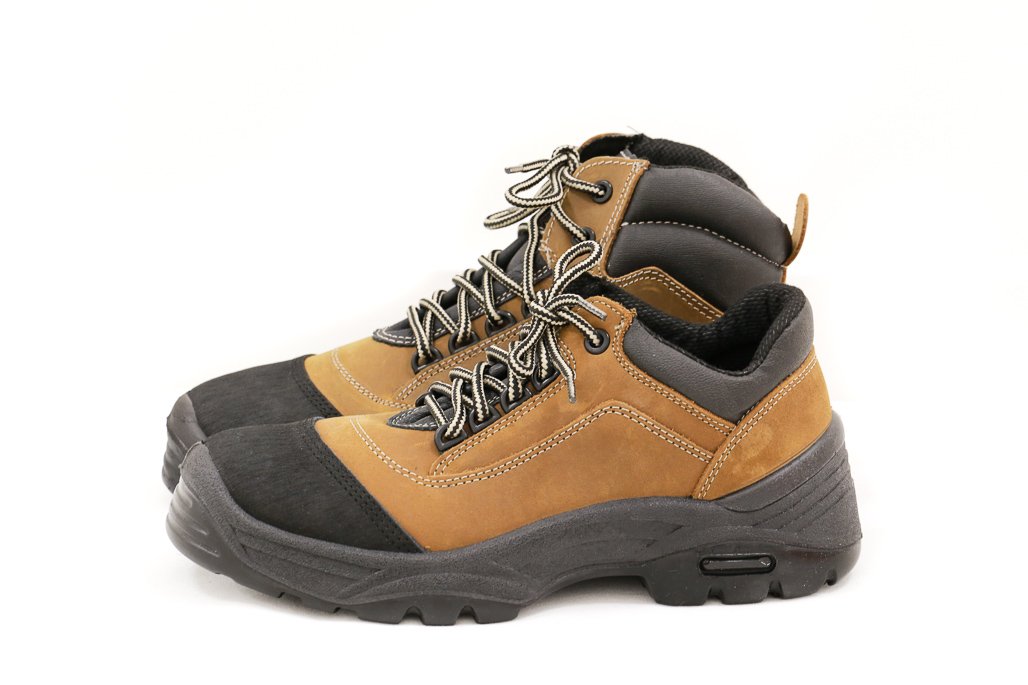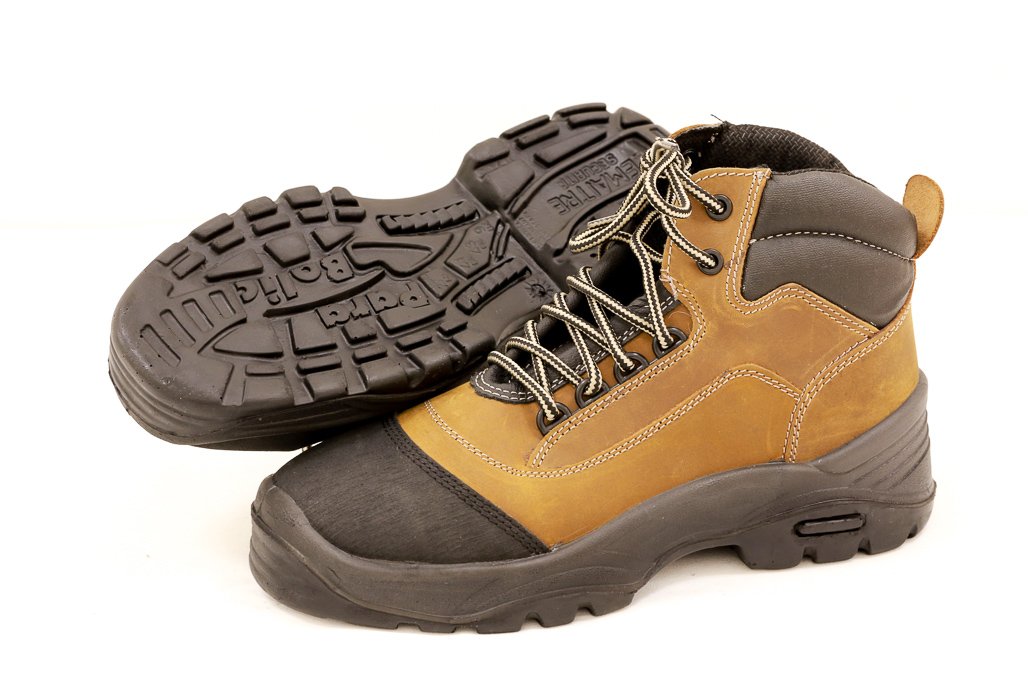Insulated Safety Footwear - Buyers Guide
Buyers Guide on Insulated Safety Footwear
Insulated Safety Footwear Guide for EV Diagnostic Technicians
Insulated Safety Footwear is used to protect a user from electric shock when working on live high voltage electrical systems. Insulated safety footwear is commonly available in either shoe or boot style and categorised into one of 6 classes, dependant on the voltage levels that may be encountered and their electrical requirements.
This guide will focus on Class 0 Insulated Safety Footwear that is the minimum standard to be used for EV/PHEV vehicle diagnostics and repair. Discover answers to common queries and questions related to insulated safety footwear.
1 - What is Insulated Safety Footwear?
2 - When should Electrically insulating Footwear be worn?
3 - Insulated Safety Footwear Ratings and Safety Guide
4 - How to look after your insulated Safety Footwear
5 - Testing your insulated Safety Footwear
6 - Buyers Tips - EV Diagnostic Technicians Footwear
1 - What is Insulated Safety Footwear?
Insulating safety footwear, also called dielectric footwear, form part of the Personal Protective Equipment (PPE) armoury worn by a user to minimise the threat to life caused from dangerous high voltage shocks and other hazards within a workshop environment such as slips and heavy objects falling on to the foot. Insulated safety footwear consists of an electrically insulated sole as well as other safety features such as protective toe caps. Their main purpose is to protect against and prevent an electric current from being grounded. High voltage electric current can stop the heart or produce fatal burns to an unprotected user. PPE is often the last line of defence for electrical professionals or engineers working on either live or recently switched off systems. Insulated footwear is commonly available in either boot or shoe styles, with different safety ratings dependant on specific product specification.
Vehicle Technicians working on Electric Vehicles (EV) or Plug in Hybrid Electric Vehicles (PHEV) are required to use insulated PPE due to the voltages present in the vehicles battery packs. Modern vehicles feature a range of different battery packs, and the voltages can be anywhere between 300V and 900V. Class 0 insulated safety footwear is suitable for trained technicians performing maintenance and diagnostics on EVs.
2 - When Should Electrically Insulating Footwear be worn?
Insulating footwear is used by many individuals across many industries. Whether it’s installation, maintenance or removal of electrical systems, footwear is an important an essential aspect of PPE that should be used. It is important to remember dielectric footwear or insulating footwear should not be used instead of other PPE, but as an additional protective item.
For working on EV and PHEV's insulated footwear should be worn when:
- First making the vehicle battery pack safe;
- Conducting tests to ensure the generator/ battery is isolated;
- Working on the battery pack or HV system;
- Reconnecting the battery pack to the vehicle;
- Conducting diagnostics of the HV system and connections.
3 - Insulated Safety Footwear Ratings and Safety Guide
Electrically insulating footwear is tested at the appropriate leakage current test voltage for their class rating, (see table below), for three minutes during which the leakage current must not exceed the maximum permitted value for the class rating. For initial certification of a product, the shoe/ boot is tested to the withstand test voltage, but this is considered a destructive test.
As insulated safety footwear is also classed as safety footwear they will also meet the required standards of EN ISO 20345:2011. These standards will include such things as slip resistance, toe protection, resistance to chemicals etc.
Warwick Test Supplies recommends Class 0 rated footwear for PHEV and EV Vehicle maintenance and diagnostics.
Class Rating |
Maximum Working Voltage |
Withstand Test Voltage |
Leakage Current Test Voltage |
Maximum Leakage Current |
|
Class 00 |
500V |
5kV |
2.5kV |
3mA |
|
Class 0 |
1kV |
10kV |
5kV |
5mA (8mA) |
|
Class 1 |
7.5kV |
20kV |
10kV |
10mA (16mA) |
|
Class 2 |
17.5kV |
30kV |
20kV |
18mA |
|
Class 3 |
26.5kV |
40kV |
30kV |
20mA |
|
Class 4 |
36kV |
50kV |
40kV |
24mA |
4 - How to look after your Insulated Safety Footwear?
Improper use of insulated safety footwear can be a matter of life and death. To ensure full protection the footwear with insulated soles are to be looked after and maintained appropriately. It is recommended that users protect their footwear and clean their shoes as follows;
- Minimise the possibility of damaging the sole of the footwear by keeping the workplace and floor clean of debris;
- After use, clean the footwear of all types of dirt and debris, by brushing off any particles that have built up during the day;
- Leave the footwear open to dry, to ensure any perspiration or dampness evaporates without leaving them in direct contact with a heat source.
Storage
Storage conditions are an important preservation factor for the electrical and mechanical performances of shoes with insulated soles. Shoes with insulated soles should be stored in a box before their first use and between successive uses.
5 - Testing Your Insulated Safety Footwear
Before Use
Precautions and inspection before use is strongly recommended. Before use, the user must always carefully check that the shoes do not show any sign of deterioration, such as visible deep cracks in the upper, defective or split stitching, the presence of cracks or perforations on the outsole. Users must never wear a shoe/boot if there is visible deterioration, they are dirty or damp.
Periodic Inspection
Periodic Inspection consists of the user visually examining the footwear for any deterioration or defects. It is a good idea to record and log these inspections.
Testing
Insulated Shoes/ Boots must also be electrically tested every 12 months following their first use. This can be done by a electrical testing laboratory who will issue a test certificate or it may be advantageous and/or cost effective to replace the footwear every 12 months.
Obsolescence Period
Typically, the final obsolescence date of insulated footwear is 3 years from the date of marking shown on the shoe.
6 - EV Diagnostic Technician Footwear - Summary
Diagnostics and repair of EV and PHEV vehicles will always be associated with an electrical safety risk, as energised circuits pose threat to life from electrical shocks. Your footwear could be the last line of defence between you and a fatal electrical shock from the vehicles battery pack. However It's important to remember insulated safety footwear is only part of the PPE inventory that must be worn when conducting work on battery packs whilst maintaining or repairing EV/PHEV vehicles.
Electrically insulated footwear is available in a number 'Classes' dependant on the level of voltage they are designed to protect against. The appropriate Class of insulated footwear for working on EV/PHEV is Class 0.
Buyers Tips
- Buy Certified 1000V Class 0 Insulated Footwear from a reputable brand;
- Inspect the sole and shoe before every use;
- Class 0 Insulated Safety Footwear has a 12 month working life from date of first use before requiring an electrical test or be replaced.
Warwick Test Supplies stocks a range of insulated safety footwear in both shoe and boot styles that will meet the requirements of a technician working within a workshop. See our range....





 Sibille C960 Shoe
Sibille C960 Shoe Sibille Insulated Footwear
Sibille Insulated Footwear Sibille C970 Workboot
Sibille C970 Workboot

